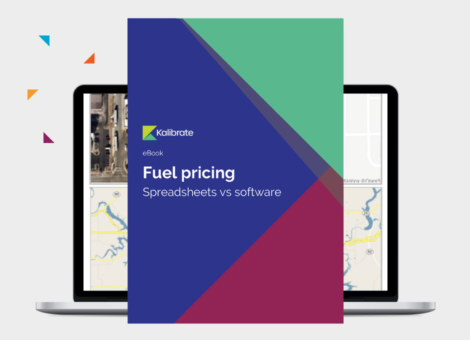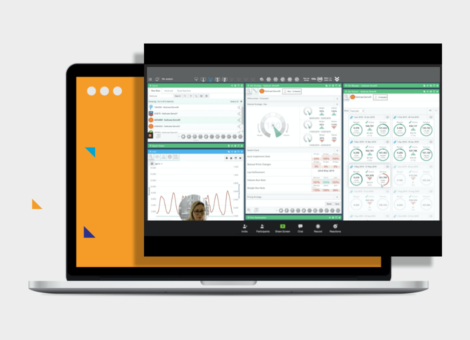Weighing the pros and cons of fuel pricing management spreadsheets

Read part one: How fuel pricing software outpaces spreadsheets in the race for efficiency, here.
Regardless of the size or sophistication of your organization, it’s common to rely on spreadsheets in some aspect of your fuel retail pricing operations. We recognize the dependency on spreadsheets and don’t expect you to abandoning them altogether, but transitioning your operational processes from a spreadsheet to a more efficient, technology-driven approach can offer significant advantages.
- Accuracy
With any software system, your results are only as good as the data you put in. So, ensuring that you have accurate, quality data is required regardless of whether you use spreadsheets or software. However, the manual nature of spreadsheets leaves more room for human error — and in the fuel retail industry — mistakes can be costly.
A sound fuel pricing software system’s automated processes reduce the likelihood of errors and automatically carry out checks and validations to spot discrepancies before any prices are sent out — protecting you from expensive mistakes.
- Security and stability
Although not always at the forefront of your minds, the security and stability of your chosen fuel pricing system are vitally important.
Who has access to your pricing data? Who can change prices or alter your pricing strategy?
With spreadsheets, your access levels are all or nothing. Anyone with access to your spreadsheet can change data fields, adjust calculations, and affect prices, leaving you vulnerable to unwanted changes. Fuel pricing software allows you to set roles and responsibilities for different users, giving you more control over pricing changes.
The more complex a spreadsheet becomes, the more likely it is to break. And an anomaly in the data, an incorrectly formatted cell, or a broken formula can take hours to find and fix — putting you behind your scheduled price changes and at risk of losing revenue.
- Visualization
Spreadsheets have a range of charts and data visualization options — but the data itself is often disparate, held in multiple different areas, and difficult to read — making it hard to view the information you really need to draw conclusions, or to quickly provide an “at-a-glance” overview of your situation at any given time.
Purpose-built Fuel Pricing software will give you access to charts and other visual widgets like maps so you can visualize your data in the most appropriate ways. Customisable dashboards allow you to bring all the data you need into one single view to help you easily make actionable decisions and report on them — enabling you to work with clarity, confidence, and speed.
- Development
It takes time to build a useable spreadsheet process, and we have seen examples of really complex strategies executed from spreadsheets. Once built, it’s a static sheet that will only change if you change your strategy. It will work, but it will never improve.
Software is supported by development teams who work to make incremental improvements that ensure your system becomes more sophisticated over time. So the improvement of your pricing processes isn’t solely reliant on improving your strategy. Also, the software itself can introduce new pricing opportunities that keep you ahead of the competition.
Everything your spreadsheet can do can be done in fuel pricing software systems — but software can also do so much more.
- Events based pricing
- Select the middle price position (rather than the middle price)
- Automation
- Optimisation
- Pricing en masse
- Reacting to restoration conditions swiftly
- Offer validation checks and warnings against unfavourable pricing conditions
- POS integration
Download the Software vs spreadsheets eBook to understand more about the pros and cons of fuel pricing spreadsheets and learn what to consider if you’re thinking about switching to a fuel pricing software solution.
Read more articles about:
Fuel pricingSubscribe and get the latest updates
You may unsubscribe from our mailing list at any time. To understand how and why we process your data, please see our Privacy & Cookies Policy
Related posts
Fuel pricing
How fuel pricing software outpaces spreadsheets in the race for efficiency
Microsoft Excel — the world's most popular spreadsheet — is used by organizations across the globe. It's free,...

Fuel pricing
Fuel pricing: spreadsheets vs software
Why many fuel retailers still rely on spreadsheets — and considerations to make before switching to software


